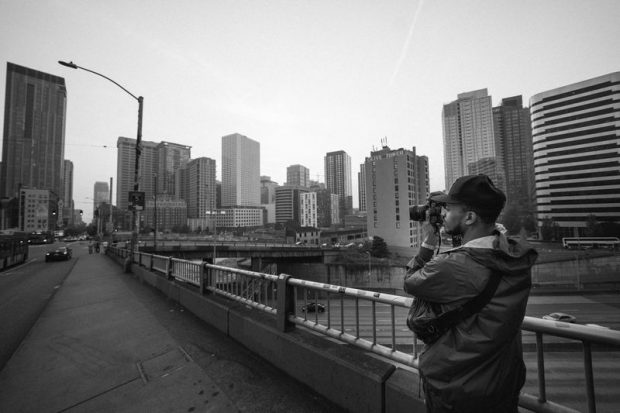A Biased View of Framing Streets
The 2-Minute Rule for Framing Streets
Table of ContentsFraming Streets Can Be Fun For EveryoneNot known Factual Statements About Framing Streets Framing Streets Can Be Fun For AnyoneSome Ideas on Framing Streets You Should Know

Both at the Museum of Modern Art (Mo, MA). Motivated by Frank, in the 1960s Garry Winogrand, Lee Friedlander and Joel Meyerowitz started photographing on the streets of New York. Phil Coomes, creating for BBC News in 2013, claimed "For those people curious about street digital photography there are a few names that stand out and among those is Garry Winogrand"; critic Sean O'Hagan, composing in in 2014, said "In the 1960s and 70s, he specified road digital photography as a perspective along with a style and it has actually laboured in his shadow since, so definitive are his photos of New York." Going back to the UK in 1965 from the United States where he had actually fulfilled Winogrand and taken on street photography, Tony Ray-Jones transformed a wry eye on often unique groups of British individuals on their holidays or joining festivals.
Street photography is a vast genre that can be specified in lots of means, but it is often defined by the spontaneous catching of an unrepeatable, fleeting minute, frequently of the day-to-day going-ons of strangers. It is typically shot with wider angle lenses (e. g. 35mm) and normally features city environments.
The Basic Principles Of Framing Streets
Docudrama photographers typically have a defined, deliberate message and a purpose to videotape certain occasions in background (https://www.metal-archives.com/users/framingstreets1). The range of the documentary technique includes elements of journalism, art, education, sociology and history. In social investigation, docudrama photos are commonly planned to provoke, or to highlight the need for, social modification
Street photography is generally viewed as unposed and honest, yet there are a couple of road digital photographers that interact with complete strangers on the streets and take their pictures. Street portraits are unplanned portraits taken of complete strangers while out doing street photography, however they are viewed as postured because there is communication with the topic.
e. 'candid photography' by definition) for great art functions has actually been controversial. Photographing individuals and places in public is legal in many nations protecting freedom of speech and journalistic flexibility. There are normally limits on just how pictures of people might be used and most countries have certain legislations concerning individuals's privacy.
How Framing Streets can Save You Time, Stress, and Money.
While the common-law provinces comply with the United Kingdom, relative to the freedom to take pictures in a public place, Quebec legislation gives that, in many conditions, their magazine can occur just with the consent of the topics therein. The European Union's Civil rights Act 1998, which all EU countries have to promote in their residential law, establishes in a right to privacy. Of freedom of expression. While additionally restricting digital photography in order to safeguard personal privacy legal rights, street digital photography can still be lawful in France when pursued as an art type under certain circumstances.

. that simply wandered right into a scene), or that are not even recognizable in the image. https://www.storeboard.com/framingstreets. It also does not usually encompass individuals that are public numbers (e. g - Street photography. politicians or stars). If a photo is thought about art, the courts will likewise consider the digital photographer's liberty of artistic expression; meaning that "artistic" street digital photography can still be legitimately published in particular cases
Framing Streets Can Be Fun For Anyone
Photographing the authorities and releasing the pictures is likewise legal.
In Hungary, from 15 March 2014 any person taking pictures is practically damaging the legislation if somebody wanders into shot, under a brand-new civil code that bans taking pictures without the approval of every person in the picture - Best Zoom Lens. This increases the regulation on grant include the taking of photographs, along with their magazine
'Covert digital photography' (kakushidori concealed, surreptitious digital photography) 'stolen photography' (nusumitori without any intent of getting authorization) and "quick photography' (hayayori prior to authorization and refusal can be given) are prohibited unless in the former permission is acquired from the subject promptly after taking the photo. People have legal rights to their images (shzken, droit de picture).